
10 Golden Rules in Customer Service To Deliver Top-Notch Support and Exceed Customer Expectations
What are the golden rules of great customer service and why should you utilize them?
The reputation of your company depends on the quality of service you provide to your customers. It doesn’t matter how great your product is, if your customer support is bad, your customers will leave!
In this article, we’ll be sharing 10 golden rules of customer service that will help your support team develop quality support and exceed customer expectations.
Try Userpilot Now
See Why 1,000+ Teams Choose Userpilot

TL;DR
- Customer service is the support given to customers both before and after they buy and use the product or services you offer.
- Good customer service can help you improve customer retention, drive brand loyalty and increase sales.
- To follow exceptional customer service, follow these 10 golden rules:
- Set the right expectations and never over-promise things.
- Build strong relationships with customers and make their voices heard.
- Give personalized responses, not robotic answers.
- Interact with customers through in-app messaging and offer contextual help.
- Create an in-app help center to provide proactive support.
- Celebrate key milestones and motivate customers.
- Think of disappointed customers as a new source of opportunities.
- Know when and how to apologize.
- Ask for feedback and understand what needs to be improved.
- Always close the feedback loop and keep customers updated.
- There are numerous tools in the market to improve the customer experience but here are the best ones: Userpilot, Zendesk, Livechat, Jira, and Nicereply.
- Userpilot is a code-free solution that allows you to create in-app guidance and in-app knowledge bases to provide self-support and enhance the customer experience.
What is customer service?
Customer service is a set of actions a company takes to help customers before, during, and after the purchase. Providing great customer service is key to retention and loyalty.
Why is providing great customer service important?
Good customer service goes beyond taking the queries and responding to customers. Your job is to ensure that they are having a great customer experience and that their opinions, objections, and complaints are being taken into consideration.
The following are some benefits of excellent customer service.
Improve retention
If a customer has a good experience with a business, they are more likely to return. So, in other words, the better you treat your customers, the more they’ll stick to your brand and become loyal customers.
Drive brand loyalty
When your customers are happy with your services, they are more likely to trust and be loyal to your company.
And what do you do when you find a really cool product/brand? You tell your friends and family about it!
If you offer a great customer experience, you will increase brand loyalty and turn your customers into influencers because they will refer others who need your products or services.
Increase revenue
According to a survey by Invesp, acquiring a new customer is 5X as expensive as retaining an existing customer.
But that’s not where it ends.
The survey also revealed that increasing customer retention rates by 5% increases profits by 25-95%
In other words, customer relationships matter! If you can’t retain your customers, you’ll simply lose money.
Providing excellent customer service can help you drive account expansion and get more out of your customers, thus increasing your revenue.
10 golden rules of excellent customer service
Your customer service team has to follow a set of golden rules to provide a good experience for your customers. Here are the 10 golden rules:
Set the right expectations and never over-promise things
Broken promises scream incompetence and disappointment like nothing else! But good customer service relies on reliability.
It’s tempting to over-promise a customer in an effort to wow them; however, do not do so. Why not focus on over-delivering instead? Let your customers expect the bare minimum and go the extra mile to exceed expectations. That’s how you win loyal customers.
Develop strong relationships with customers and make their voices heard
Did you know that 84% of users consider customer service a key factor when deciding whether to make a purchase or not?
Good customer service is when you prioritize your customers and build a strong relationship with them.
And how do you develop strong relationships with your customers?
- Proactively offering solutions to help your customers.
- Listening to them and prioritizing their needs.
- Showing empathy for a customer with complaints and issues.
- Delivering real-time support.
- Showing that their voice matters.
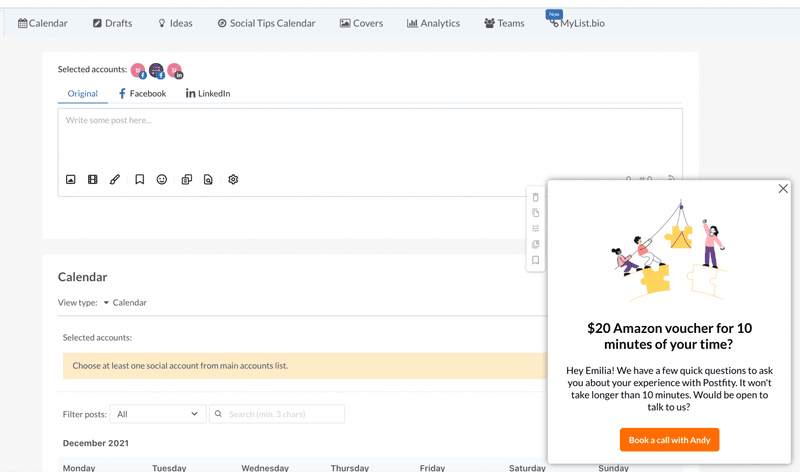
For example, you can invite them for interviews and listen to their feedback during a one-on-one meeting.
Give personalized responses and don’t act like a robot
Customers want to interact with a person – not with a robot.
Take the time to get to know your customers so you can provide them with personalized feedback.
Adding a personal touch to your service shows your customers that you know them and care.
Also, don’t make the mistake of providing only automated answers. Yes, customer service automation is helpful, but it has its limits.
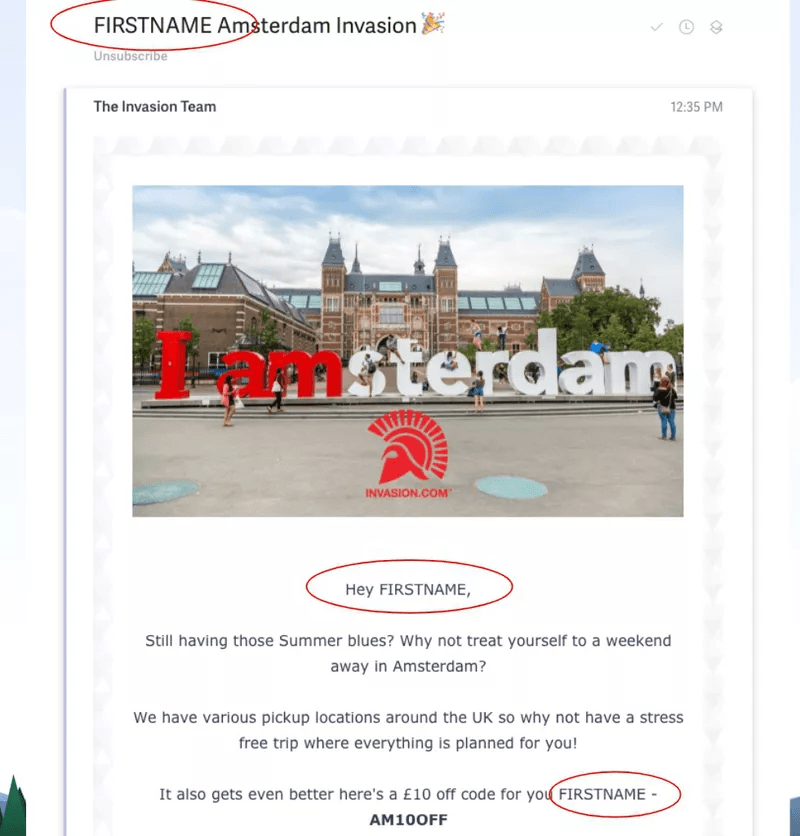
Interact with customers through in-app messages and offer contextual help
There’s nothing more annoying than signing up for a new product and not understanding how it works.
When new users register to test out your product, don’t leave them hanging as this will lead to churn. Instead, you can interact with your customers through in-app messaging and provide contextual help.
Don’t know how to get started with in-app messaging? We can help you!
Userpilot allows users to create different types of in-app messaging, including modals, checklists, tooltips, interactive walkthroughs, and microsurveys. The best part is that it’s completely code-free.
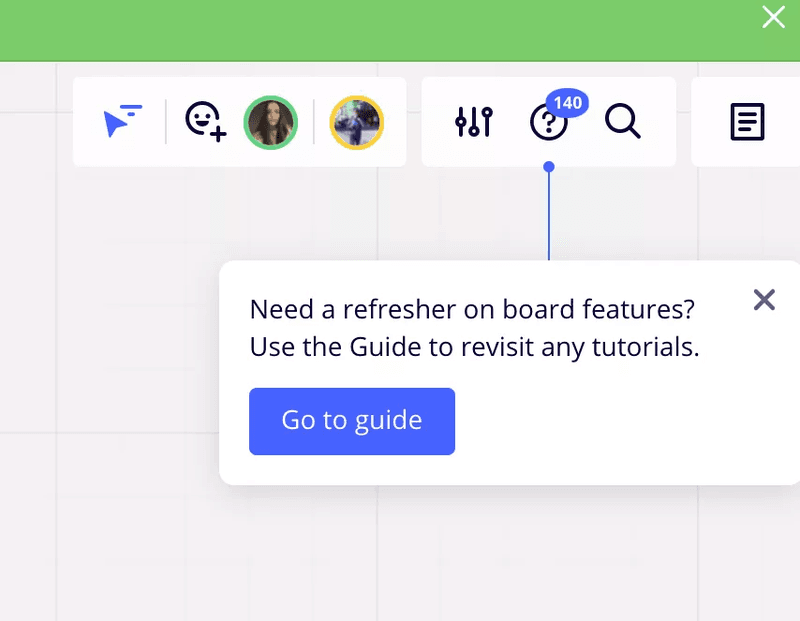
Provide proactive support and exceed customer expectations
Proactive customer support is when you anticipate your customers’ needs before they even realize it. Providing proactive support shows your customers that you are actually caring for them and want them to succeed.
The most effective way to provide proactive support is to design an in-app resource center containing all the information and documentation your customers may need along the way.
Your customers will be able to get answers to their questions on-demand and won’t have to depend on your support team.
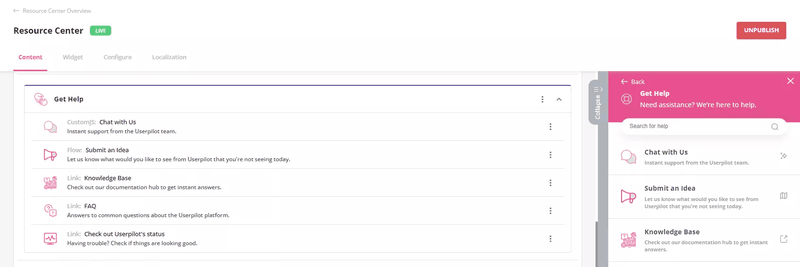
Celebrate key milestones and motivate customers
Happy customers are the backbone of any business.
Celebrate key milestones of their journey and offer small rewards to motivate them.
To do this, you can use modals that will trigger once a customer completes a milestone.
This is how Calendly does it. Isn’t this exciting?
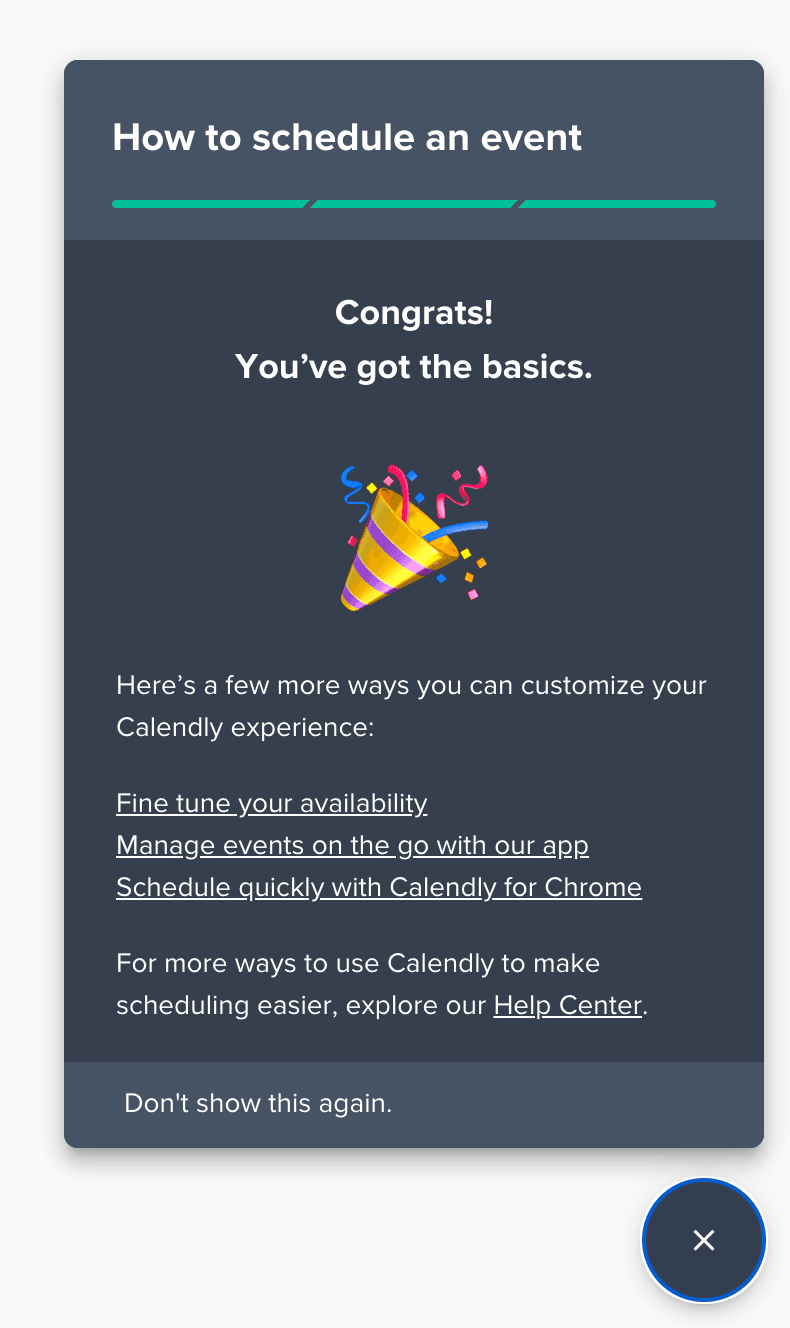
Think of angry customers as a new source of opportunities
You can easily become annoyed by angry customers and lash out at them, but that is not a smart move. Always treat customers respectfully, even if they aren’t always right.
You should always see angry customers as opportunities rather than pain as angry customers can help your business by providing honest, straightforward feedback. You can really gain insight into what your customers are experiencing with your product by listening to unhappy customers.
Know when and how to apologize
Instead of being defensive when customers complain about a problem, choose the right words to apologize and try to solve it as soon as possible. An apology de-escalates a situation and makes it easier for you to find a solution.
Once you have fixed the problem, send your customer an apology message to assure them it will not happen again. You will show that you accept responsibility for your mistakes and are ready to correct them by doing this.
Have a look at an apology example below.
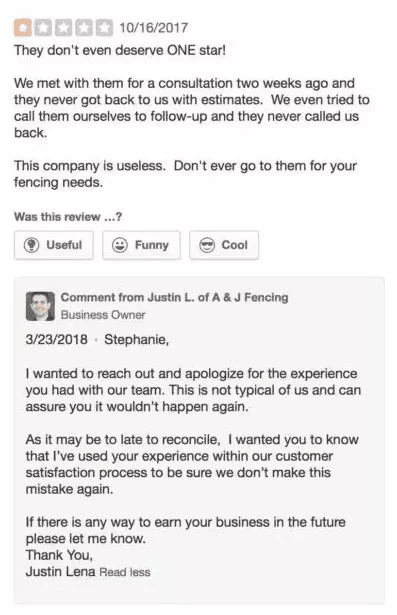
Ask for feedback and understand what needs to be improved
Getting feedback from your customers shows that you care about their opinions and want to enhance their experience.
You can use CSAT, CES, and NPS surveys across the different stages of customer journeys and collect customer feedback. Additionally, you can ask your customers what features need to be improved, removed, or added.
As soon as you receive customer feedback, prioritize what needs to be fixed first and take action.
This is how Slack uses in-app microsurveys and collects customer feedback.
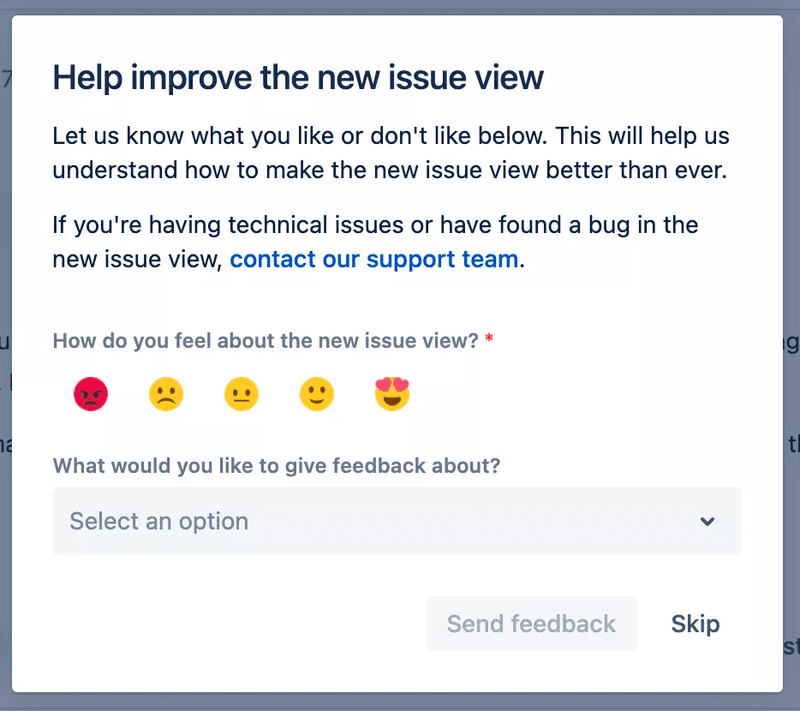
Always close the feedback loop and keep customers updated
Even if you collect customer feedback, listen to your customers, and have one-on-one meetings with them, it’s worthless if you don’t act on it.
While improving your product, make sure you close the feedback loop with customers and make sure you’re taking advantage of all the feedback you’ve collected.
Keep customers updated even if the outcomes are negative.
5 Best tools to enhance customer service in SaaS
We’ve explored the golden rules of customer service. Now let’s take a look at some of the best tools to enhance customer service.
We have selected the 5 best tools. These are:
Userpilot – for in-app guidance and in-app knowledge bases
Userpilot is a no-code tool that allows you to create in-app guidance and knowledge bases without prior technical experience.
Userpilot lets you build in-app guidance in a variety of ways (tooltips, modals, hotspots, banners, banners, checklists, welcome screens, etc.).
You can also onboard and engage mobile app users by creating personalized messaging, push notifications, and surveys with Userpilot.
The capabilities of Userpilot extend beyond in-app guidance and knowledge bases. You can deliver personalized in-app customer experiences at every stage of the user journey.
What’s the best part?
Getting access to these features doesn’t cost a fortune. Pricing starts at $299/month for the annual subscription.
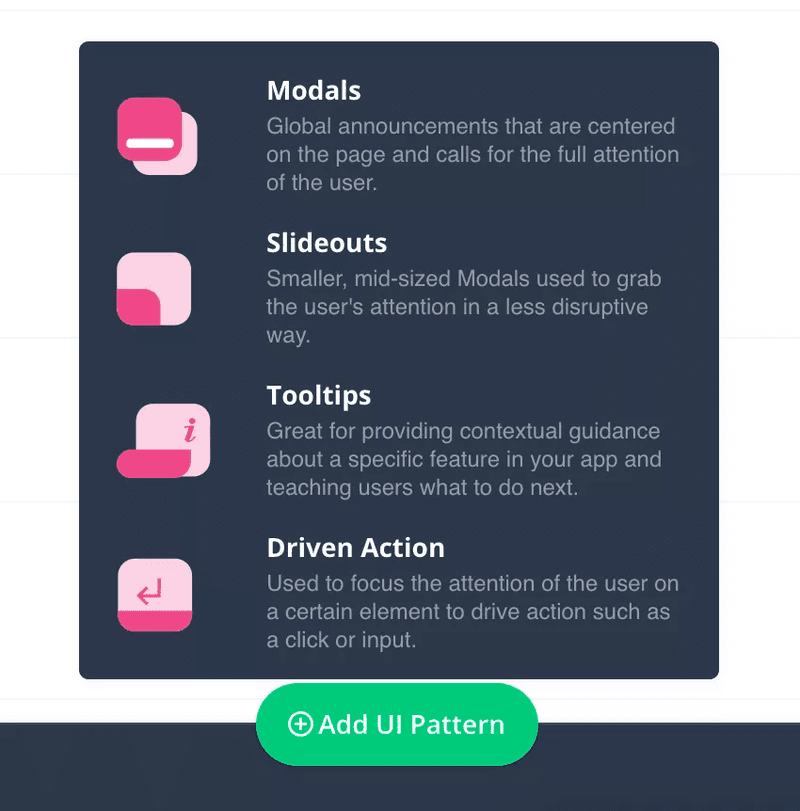
Zendesk – for creating a help desk and answering support tickets
Zendesk is a cloud-based help-desk solution that allows companies to communicate with their customers via various channels. With Zendesk, you can automate ticket creation. Furthermore, it provides real-time dashboards with metrics such as agent availability, customer wait time, call queues, and more.
Zendesk offers three plans: Support Team, Support Professional, and Support Enterprise. Pricing starts at $19/mo.
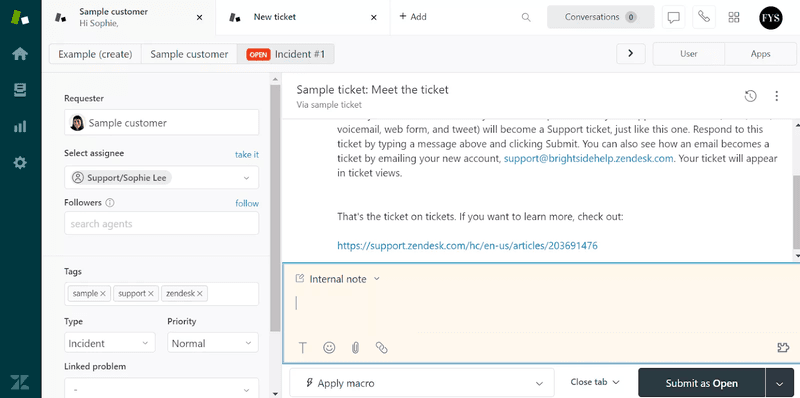
LiveChat – for instantly answering customer questions
The LiveChat software allows agents to provide answers to customers in real-time. Instead of leaving your website and waiting for an email from your support team, customers can stay on the page and get help from a representative in just a couple of seconds.
The software comes in three different packages, and pricing starts at $16.
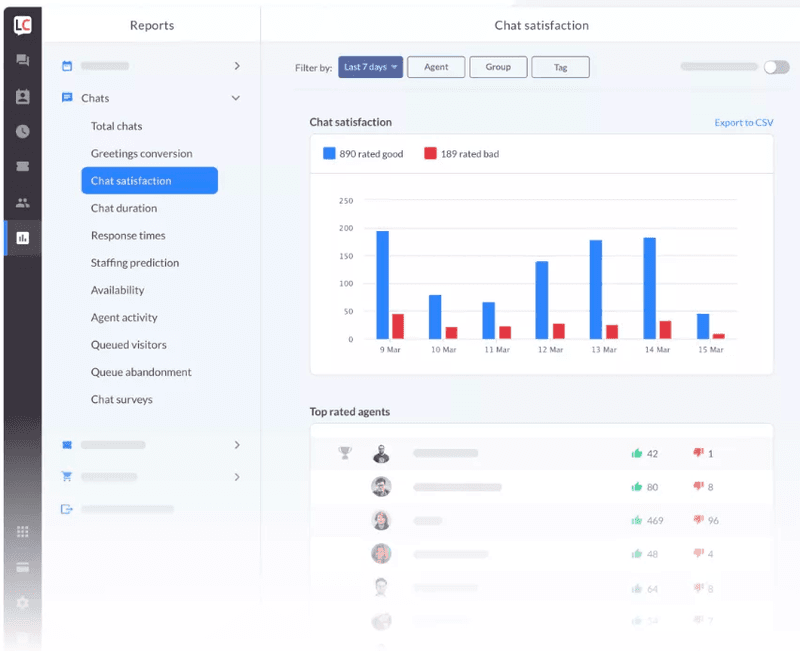
Jira – for bug reporting
Jira is widely known as a project management tool. But it was initially built to track and manage bugs in software development. By using Jira as a bug tracker, your team will benefit from its comprehensive search functions, planning features, and workflow engine that gives complete control of the end-to-end development of your project.
Jira has a limited basic free plan for up to 10 users. Its pricing starts at $7.50
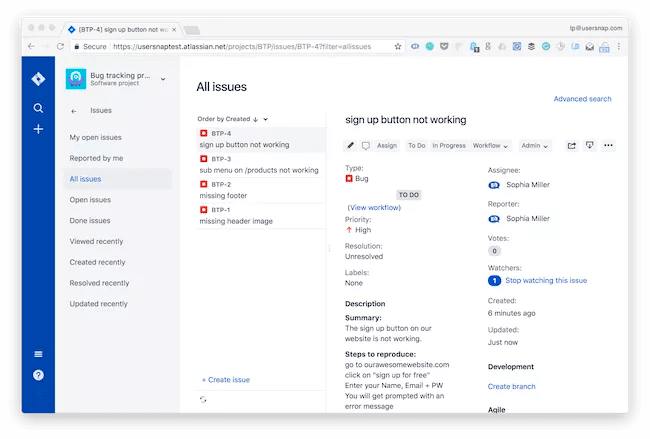
NiceReply – for collecting customer feedback
NiceReply is a customer satisfaction survey tool for support teams. With NiceReply, you can create and send surveys to collect feedback and measure customer satisfaction (CSAT), Net Promoter Score (NPS), and customer effort score (CES).
NiceReply’s pricing starts at $39.
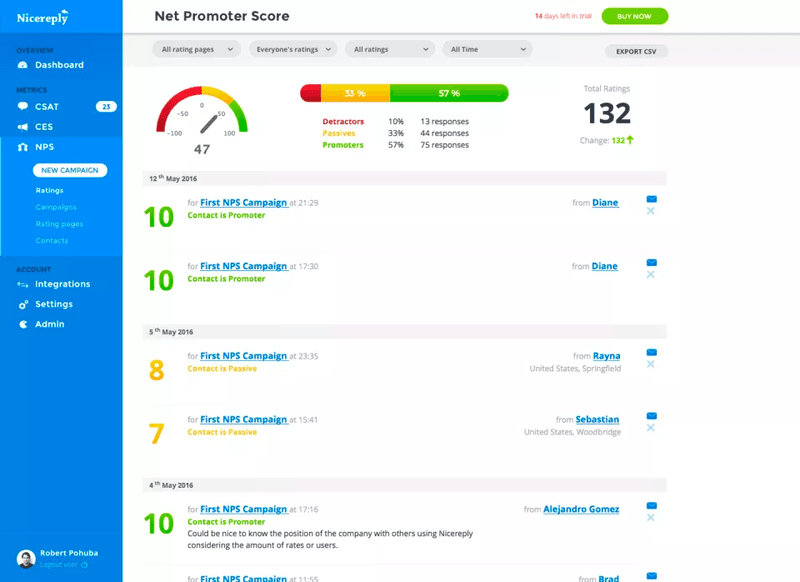
Conclusion
Customer service plays a key role in the customer experience. In the SaaS industry, it can make or break the company.
Try to follow the golden rules of customer service discussed above and you’ll see that the customer loyalty rates go up.
Want to provide top-notch customer service to your customers with in-app guidance or create an in-app resource center to offer assistance on-demand? Then book a free Userpilot demo to get started right away!






